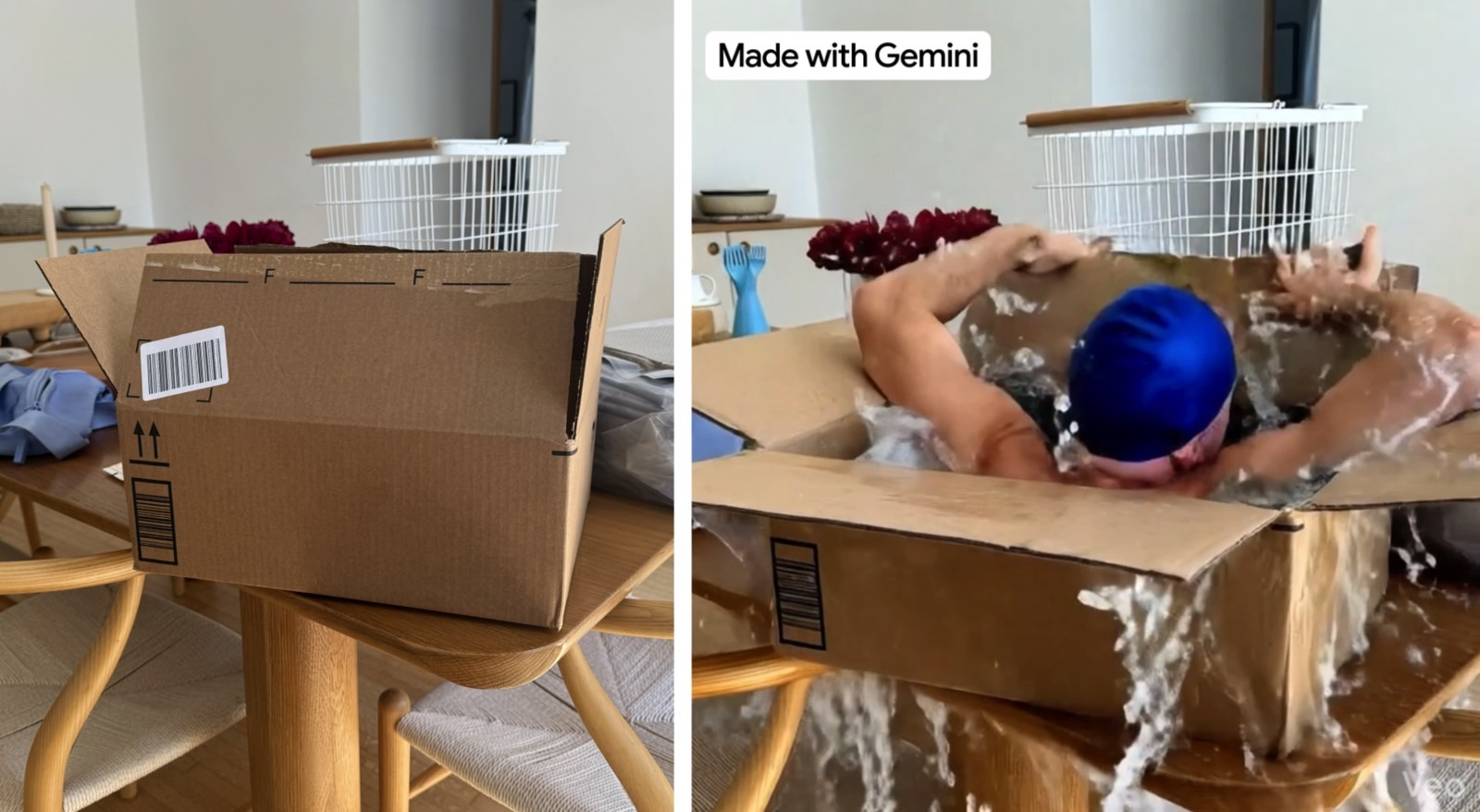We’ve seen plenty of AI products go viral since the first commercial version of ChatGPT took off in late 2022. That version of ChatGPT stood out for its ability to answer almost any question. These days, all AI chatbots can do that, so simply responding to user prompts isn’t what makes an AI tool go viral anymore.
Instead, image and video generators that use AI to create stunning, realistic visuals are the ones constantly going viral. This year alone, we saw ChatGPT’s 4o image generator model turn heads and “melt” GPUs in OpenAI’s servers. For weeks, people were making and remixing memes with it.
ChatGPT wasn’t the only AI tool with advanced image generation. But OpenAI made it incredibly easy to use, integrating it directly into the main ChatGPT experience.
Google’s Veo 3 AI video generator also went viral after I/O 2025. Veo 3 produces impressive video quality from a simple text prompt. It even generates sound, including character dialogue.
We also saw Higgsfield Soul go viral, an image generator that uses visual filters and prompts to create lifelike photos.
That brings us to Google’s new Gemini tool, announced Thursday. I’m pretty sure AI enthusiasts will love it. Google now lets you create a video from a single photo, and that’s a feature people will want to try out.
Take the video below as an example. On the left, there’s a plain photo of an empty box on a table. Google uploaded that image to Gemini’s new Veo 3 tool and gave it a prompt. On the right, you see the video it created from that photo, and the result is amazing.
The possibilities here are huge. You can use any image, real or AI-generated, along with a text prompt to make a short video with sound. Share the clip with friends or post it on social media. Then do it all over again.
Any photo works with the new photo-to-video feature. Just upload it to Gemini and let it generate a video. You could use Gemini’s built-in image tool, ChatGPT, or another AI to create the image. Veo 3 will animate it based on your prompt.
You could also use old black-and-white family photos or historical pictures from the web and bring them to life using Veo 3 in Gemini.
I’m just spitballing here, but it seems clear that Google’s new AI feature has serious viral potential. According to Google, Veo 3 was used to create over 40 million videos in Gemini and Flow in the past seven weeks. Those were all text-to-video clips.
How Gemini Veo 3’s photo-to-video tool works

The new tool is super easy to use. Google explained in a blog post that you just select “Videos” from the tool menu in Gemini’s prompt box, upload a photo, and describe the scene and sound you want. The AI will create an 8-second 720p MP4 video from that input.
For now, the Veo 3 feature is launching on the web, with the mobile Gemini app to follow soon.
You’ll need to be a Google AI Pro or AI Ultra subscriber to access it. It’s not available for free-tier Gemini users, so you’ll need a paid plan to use it.
Since Veo 3 is already available in over 150 countries, this new photo-to-video tool should be accessible in those same regions.
The photo-to-video feature is also available in Flow, if that’s your preferred way to use Veo 3. Flow is rolling out to 75 more countries starting Thursday.
What about safety?
As you can see in Google’s demo clip, all AI videos will include a Veo watermark in the corner. They’ll also have an invisible SynthID digital watermark. These measures should help prevent misuse, and it’s good to see Google using a visible watermark too.
Google said in its blog post that it took “significant steps behind the scenes to make sure video generation is an appropriate experience” and to help prevent abuse.
As for the photos you upload and what the AI can see, the blog doesn’t go into detail. No matter how strong the privacy protections are, I’d remind you not to upload anything sensitive. That includes personal photos.








